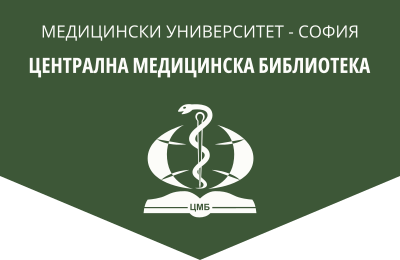Staphylococcus aureus carriage among students studying Medical Laboratory Technician specialty at medical College Stara Zagora
Information for nursing staff, 2024, 56(3), 20-25.
R. Yordanova1, M. Obreykova2, D. Gencheva3, A. Andonova3
1 Medical College, Trakia University – Stara Zagora
2 Department of Health Care, Prof. Dr Assen Zlatarov University – Burgas
3 Department of Health Care, Faculty of Medicine, Trakia University – Stara Zagora
Abstract. Staphylococcus aureus is an important pathogen in humans, causing a wide range of mild to life-threatening infections. It has the ability to colonize various parts of the body in healthy people, but the nostrils are the most common ecological niche of carriage. Asymptomatic carriers serve as a reservoir for the pathogen spread. Hospitalized patients, medical staff, and students doing their practical training in hospitals and laboratories are often found to have higher colonization rates with S. aureus. Compared to methicillin-susceptible S. aureus, methicillin-resistant S. aureus (resistant to all beta-lactam antibiotics) is more virulent, causes more severe infections, and is associated with longer hospital stays in patients. Objective: Assessment of the S. aureus carriage degree, both nasal and on the hands, among students of the “Medical Laboratory Technician” specialty at the Medical College, Stara Zagora. Materials and Methods: A total of 60 students were studied: 25 from the first year, 20 from the second year and 15 from the third year. Collection, isolation and identification of S. aureus were performed by standard microbiological methods. Antimicrobial susceptibility of isolates was determined by the Kirby–Bauer disc diffusion method, and interpretation was performed according to EUCAST 2023. Results: In 19 students, S. aureus was isolated from nasal secretions: in 2 students from the first year, in 7 from the second year and in 10 from the third year. Only 3 students were found to have MRSA. In all the examined with the presence of S. aureus in the nasal secretions, the presence of the corresponding strains was also proven in their hand washings. Conclusion: Periodic screening of risk contingents, implementation of adequate and effective infection control programs, periodic training of students regarding compliance with hygiene rules, with an emphasis on hand hygiene, preventive measures during the student clinical practice in hospitals and laboratories, are basic strategies to reduce the spread of S. aureus and control colonization with this microorganism.
Key words: Staphylococcus aureus, methicillin-resistant S. aureus, staphylococcal carriage, medical laboratory technician
Address for correspondence: Rozalina Yordanova, MD, PhD, e-mail: rozalina.yordanova@trakia-uni.bg
